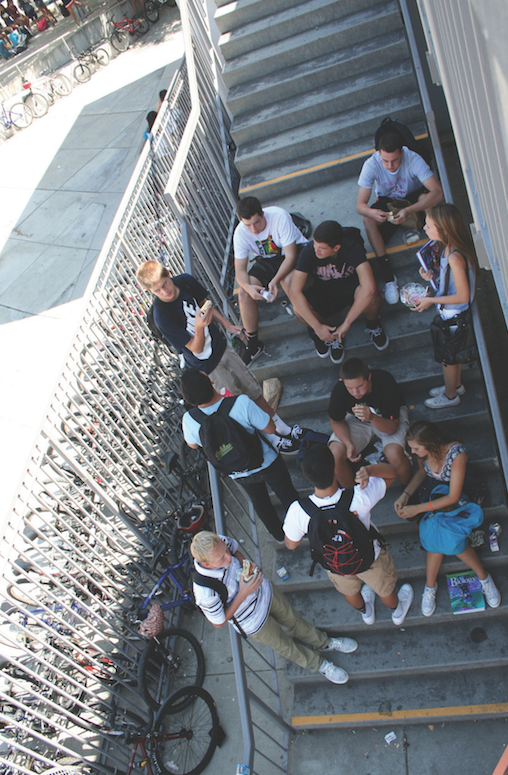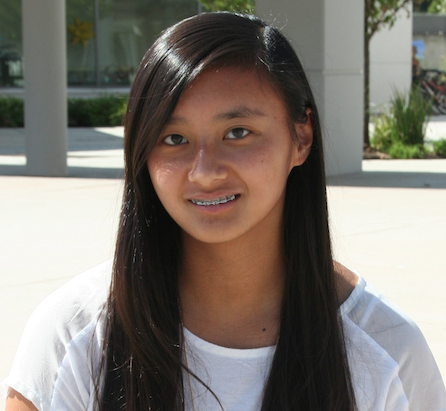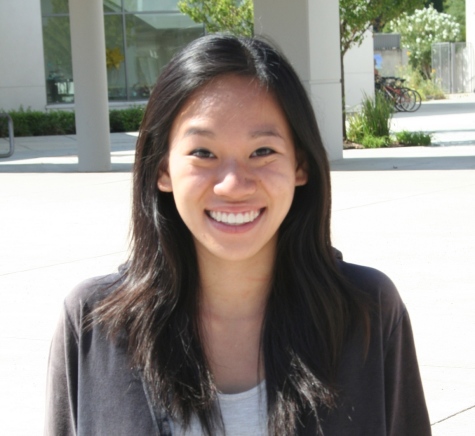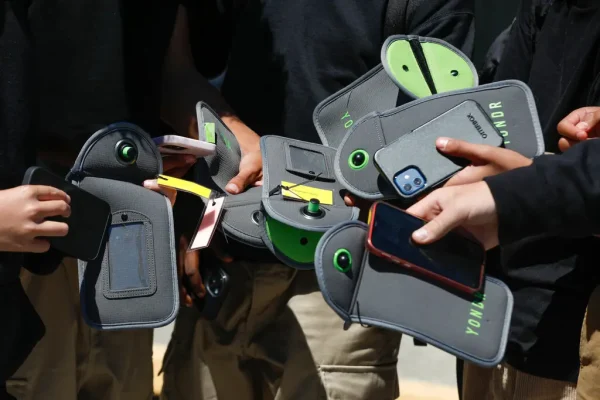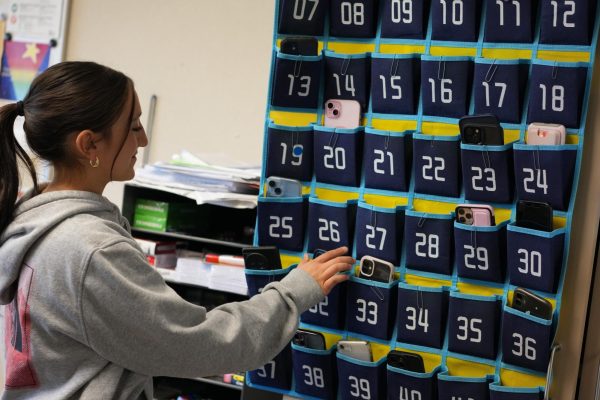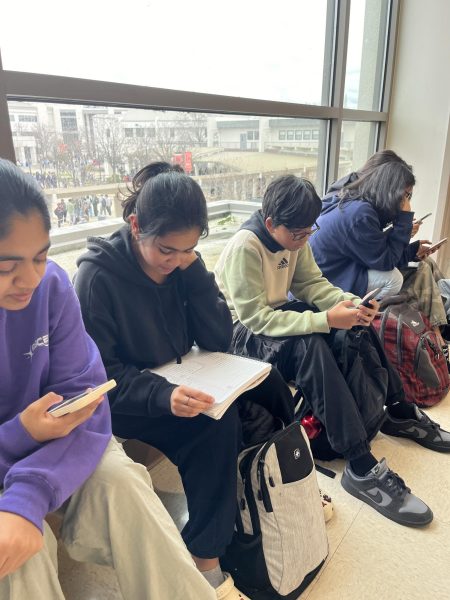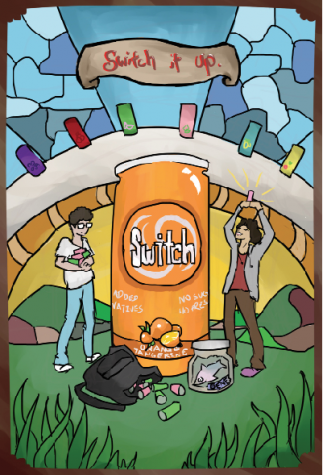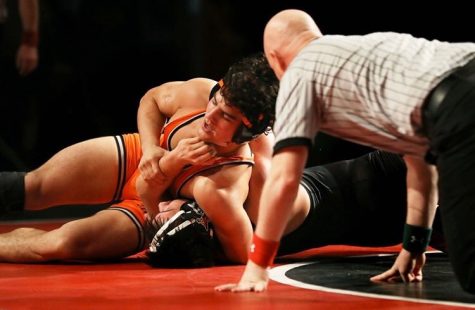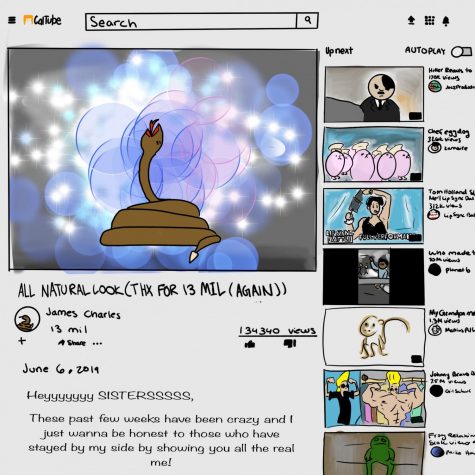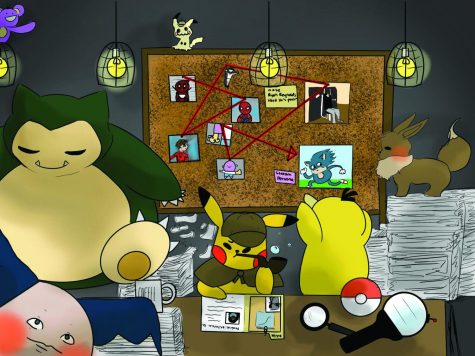Closed campus angers students
Two hundred frustrated students filed out of the town hall meeting on Sept. 3 immediately after learning from new Principal Sarah Wondolowski that reopening Cal High’s campus at lunch was not an option.
The remaining 70 students who stayed voiced their opinions and offered suggestions toward a compromise, a goal administrators have been hoping to achieve since the beginning of this year when the closed campus controversy reared its ugly head again.
According to a survey conducted last year, Wondolowski estimates that an extra 250 students are on campus at lunch this year because of the new rule.
As reported in the April 10 issue of The Californian, former Principal Mark Corti announced he was closing Cal’s campus on March 19, stating the primary reason behind his decision was student safety.
But many students resent the food in the cafeteria, lack of places to eat around campus, and the perceived abolishment of a traditional senior privilege.
“[Administrators] shouldn’t take away rights if we didn’t do anything wrong,” said Senior Lauren Hutchison. “As seniors we don’t have any privilages.
They should open the back parking lot if anything.”
Many students agree with Hutchison, but administrators insist the back parking lot of the school has always been consdiered off campus.
Students were only allowed to go in the parking lot during lunch so they could walk to their cars to leave.
To accommodate seniors, the football stadium was opened on Sept. 12 for seniors as an exclusive place to eat lunch. But on that day a sparse showing reflected the resentment of the senior body.
Only one student stayed the entire duration of the lunch to eat in the stadium. Others, who went out of curiosity, did not remain.
“Attendance for it was very poor and it was basically useless,” said senior Arvind Dhananjayan. “Anyone who did go didn’t stay long because of the heat.”
A posted school flyer on the first floor of the main building that advertised the senior lunch was graffitied with the word “boycott.”
This boycott wasn’t the only form of protest. Sophomore Ryan Freels had organized a petition to open campus and a boycott of the school lunches, neither of which were successful. (See Ryan Freels profile on page A5)
In order to appeal to the students, students are encouraged to offer more ideas for a compromise.
“We are open to any and all suggestions from students who would want to plan any senior privileges,” said Wondolowski.
Wondolowski stresses, though, that students themselves should propose ideas.
“It wouldn’t be ‘cool’ if [the compromise] comes from the admin,” said Wondolowski. “It needs to be student-driven so that there is a student buy-in.”
The concept of a senior deck, a place on campus that can be transformed into an eating area, has also been introduced but requires more student input and organization.
In the meantime, administrators have approached leadership to help ease the feelings toward closed campus.
“They realize there’s a problem and they’re trying to find a solution,” said leadership president Lauryn Mellberg, a senior. “They’re trying to compromise with us.”
In addition to the insufficient amount of eating areas, many students have also expressed discontentment with the longer lunch lines.
“I could barely buy my lunch so I have to bring lunch now,” said freshman Ta’lia Perkins.
Other complaints are directed toward the food itself.
“[The food] tastes terrible,” said senior Cole Melloch.
To compensate, the cafeteria has been preparing an additional hundred portions and has opened another cash-only line for a la carte items outside the commons. Changes in the actual food are being considered as well.
“We have been working with the food services department,” said Wondolowski. “We tasted all the entrees, and we’re working with the district.”
Sherry Moore, a district employee who works in the cafeteria, encourages students to also bring forward ideas of what they want to eat.
“The ultimate goal is rather than complaints, ideas,” said Moore.
Senior Alex Dilling suggested that, as a compromise, food be brought to Cal for seniors only.
But some students believe that no accommodations can outweigh the inconveniences of closing campus.
“I have a solution to the closed campus,” junior Jeremy Coiner said at the town hall meeting. “Reopen it!”
Coiner’s comment was followed by tumultuous applause.
The decision to close Cal’s campus is not districtwide, as San Ramon Valley High School still has an open campus.
However, safety is not considered an issue at the downtown Danville school because of its close proximity to local restaurants. Students can easily walk to get food during lunchtime.
“It was a site-based decision,” said Wondolowski.
The plan had been set in motion a couple of years ago due to the liability issue of allowing students to drive off campus. Supervision and tardiness were also a concern.
Two other high schools in the district, Monte Vista and Dougherty Valley, are not close to eating establishments and also have a closed campus.
“It was more of a ‘somebody had to be first’,” senior Jenny Meisel said of the first class to experience closed campus at Cal. “It’s a lot of change. Whatever year it’s going to be, somebody’s not going to like it.”
Leadership has suggested a possible, but very tentative, waiver signed by parents that removes district liability and allows students to go off campus for lunch.
There also has been a suggestion of adding more tables around campus.
The area outside the dance room may be considered for a designated senior lunch area, said leadership student Austin Keller, a senior.
According to Wondolowski, benches and shade structures could also be set up for exclusive senior seating, but the money would have to come from somewhere, such as the student ASB funds.
“We want to know what students want,” said Wondolowski. “Obviously, campus isn’t going to open. We will allow for seniors to have events and activities that are special for just seniors.”
Administrators want to make closed campus the best experience possible. https://www.thecalifornianpaper.com/wp-login.php?action=logout&redirect_to=http%3A%2F%2Fwww.thecalifornianpaper.com&_wpnonce=32ef9f1e45
“I think it’s an attempt,” said Meisel. “It’s definitely a step in the right direction.” 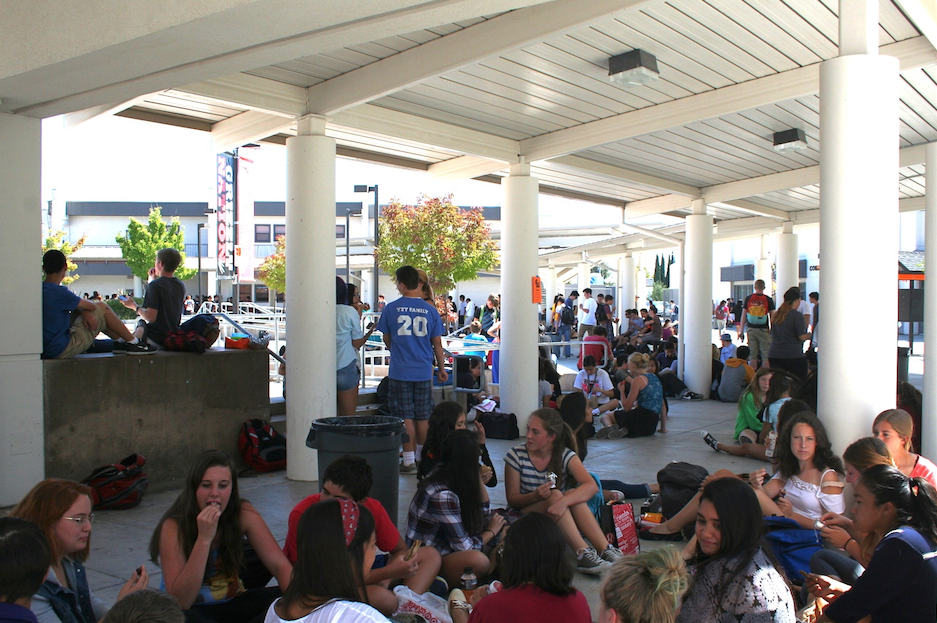
Students struggle to find adequate seating at lunch because all seniors are now required to stay on campus as a result of the new closed campus policy, which took effect on Aug. 25, the first day of school.
Students block the science building stairs during lunch because of a lack of seating, an effect of the closed campus.

